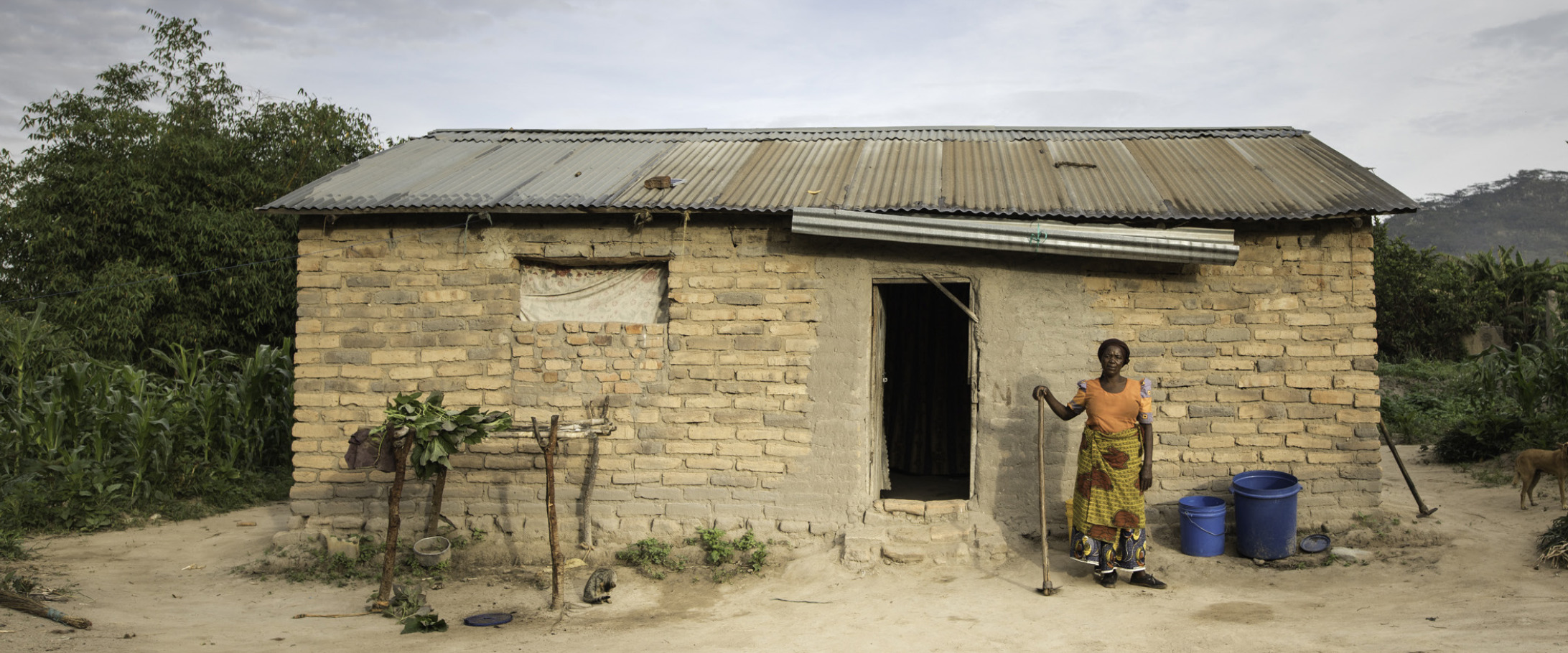Late last year, CARE Australia staffer Meagan Patroni travelled to Laos. There she saw firsthand the challenges faced by mothers in rural and remote areas, as well as the life-changing difference your support is making possible.
Following a warm welcome to the village – a remote ethnic community in northern Laos – I sit with Soun, 23. As head of the village women’s group, she invites me into her home to talk. As she offers me slices of fresh-cut melon, I ask how things have changed since CARE came to her village.
Soun tells me that one of the biggest differences is they now have access to water and toilets. Also, women and men are sharing more chores with both genders caring for children and working the rice, galangal and cardamom plantations. Soun adds that support with “animal raising and growing cardamom” is helping them to put food on the table and send their children to school.
But when it comes to access to maternal healthcare including support during childbirth, Soun believes there are still many challenges. I was incredibly saddened to hear that mothers in Laos are 79 times more likely to lose their lives in childbirth than Australian mothers. That’s thousands of mothers each year that pay the ultimate price for lack of access to maternal healthcare.

Soun tells me what currently happens when women are ready to give birth. “Most women give birth here in the village,” explains Soun. “If there are any complications, we have to travel two hours to town by motorbike. This is impossible in the wet season because the roads wash away. I know of two women in the past year that tried to go to hospital.”
Soun continues “They travelled one hour by bike, during labour, and had to turn around and come back because the roads were washed away. A village clinic would help women feel safe to give birth here. We worry when we give birth at home”.
Soun is right to worry. She knows too well of the loss and pain that can be experienced as she tells me about Jan who gave birth to a stillborn child and developed an infection. I take a deep breath and ask, “Do you think Jan would be comfortable to tell me about her experience? Soun says “Yes, Jan is my mother.”

Soun leads me to a neighbouring home where her mother and father live. She introduces me as coming from CARE Australia. I thank Jan for having me in her village and her home. I think of my mother and how I would feel if she was unable to access medical treatment after birthing a deceased baby. My heart aches, but without knowing the problems, CARE can’t help, so I continue to speak with Jan.
Jan begins to tell me her story. “I have given birth to six children but now I have five. Soun is my eldest, my youngest Suli is nine months old.” Jan explains how after she gave birth to the baby, whose skin was blue, the placenta would not birth. “My stomach was swelling and painful for days. I had no choice but to use an old method. I took two sharp sticks and cut the placenta out from myself.”
I later learn that the placenta is usually delivered within the first hour after childbirth. A retained placenta occurs when all or part of the placenta remains inside the uterus after childbirth. For some women, the placenta does not deliver naturally and must be physically removed; if not, if can lead to a potentially life-threatening situation. Jan explains “I was yellow and unwell for several days. No one was able to help me and I didn’t have money to pay for the costs at hospital. I had no other choice.”

Jan lost her baby a few years ago. But since then, a CARE-supported project has been helping to improve access to maternal health support in the village. As part of the project, an emergency birthing kit was provided to the local village women’s group. This means if another mother in the community finds herself in the same situation, items such as sanitary scissors to cut the umbilical cord are available, while gloves and saline can help to protect mother and baby from infection.
Meeting Jan and Soun reminded me once again how privileged we are here in Australia, where we have access to high quality healthcare. But I was also inspired by what we can all achieve for mothers in less fortunate situations if we pull together and tackle these challenges as a global community. The day I met Soun and Jan I was proud to be a part of CARE Australia … But I was even prouder to be representing everyday Australians like you who help make this work possible.

